Auckland, New Zealand’s largest city, has a rich political and economic history that reflects the broader development of the country.
Vectormap.Net provide you with the most accurate and up-to-date vector maps in Adobe Illustrator, PDF and other formats, designed for editing and printing. Please read the vector map descriptions carefully.
Here is a detailed overview:
Political History:
- Māori Settlement:
- Before European colonization, the Auckland region was inhabited by Māori, the indigenous Polynesian people of New Zealand. The area had several Māori settlements, and the isthmus provided a strategic location for trade and communication.
- European Colonization:
- In 1840, the Treaty of Waitangi was signed between the British Crown and Māori chiefs, establishing New Zealand as a British colony. Auckland was chosen as the capital in 1840 due to its harbors and central location.
- Capital City Era:
- Auckland served as the capital until 1865 when the government was transferred to Wellington. However, Auckland continued to grow as a commercial and industrial center.
- Urbanization and Growth:
- The late 19th century saw rapid urbanization, with Auckland becoming a key port and trading hub. The city expanded with the influx of settlers, and infrastructure development became crucial.
- World Wars and Post-War Era:
- Auckland played a significant role during both World Wars as a military base and shipbuilding center. After the wars, the city experienced economic growth and continued urban expansion.
- Māori Land Rights and Activism:
- Throughout the 20th century, Māori land rights became a prominent issue. Activism and legal battles sought to address historical grievances and restore land confiscated during the colonial period.
- Local Governance:
- Auckland underwent various changes in local governance structures. In 2010, the Auckland Council was established, amalgamating several local councils into a single governing body to streamline decision-making.
- Modern Era:
- Auckland has become a multicultural city with a diverse population. Issues such as urban planning, housing affordability, and transportation have been at the forefront of political discussions.
Economic History:
- Early Economy:
- The early economy was based on agriculture, timber, and shipping. Auckland’s natural harbors contributed to its role as a maritime center.
- Gold Rush and Industrialization:
- The discovery of gold in the 19th century brought a surge in population and economic activity. Auckland developed industries such as manufacturing and shipbuilding.
- Shipping and Trade:
- As a major port city, Auckland played a crucial role in New Zealand’s trade. The export of agricultural products, especially dairy and meat, became central to the city’s economy.
- Post-War Economic Growth:
- After World War II, Auckland experienced economic growth and diversification. Manufacturing, finance, and services sectors expanded, contributing to increased prosperity.
- Globalization and Finance:
- In the late 20th century, Auckland became increasingly integrated into the global economy. The finance and service sectors grew, and the city became a regional economic hub.
- Technology and Innovation:
- Auckland has embraced technology and innovation in the 21st century, with a growing focus on sectors such as information technology, biotechnology, and creative industries.
- Tourism Industry:
- Tourism has become a significant contributor to Auckland’s economy, with the city’s natural beauty, cultural attractions, and outdoor activities drawing visitors from around the world.
- Housing Challenges:
- Auckland has faced challenges related to housing affordability and infrastructure development, driven in part by population growth and increased demand for urban living.
In summary, Auckland’s political and economic history is characterized by its evolution from a Māori settlement to a major British colonial city, experiencing economic shifts from early industries to a diverse, globally connected economy in the modern era. The city continues to play a vital role in New Zealand’s economic landscape.

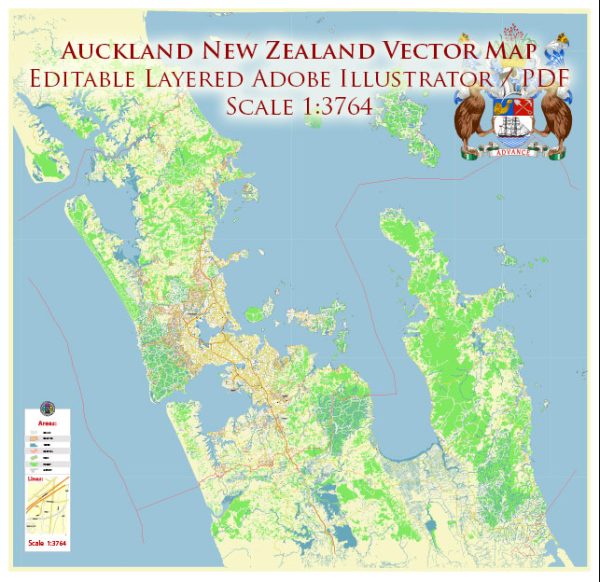
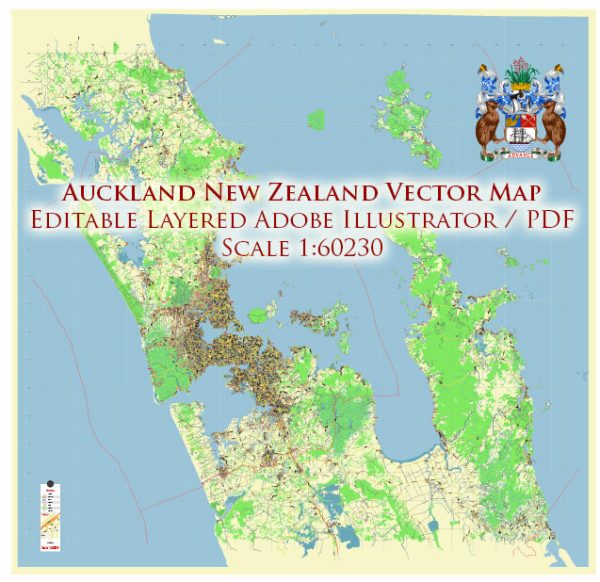
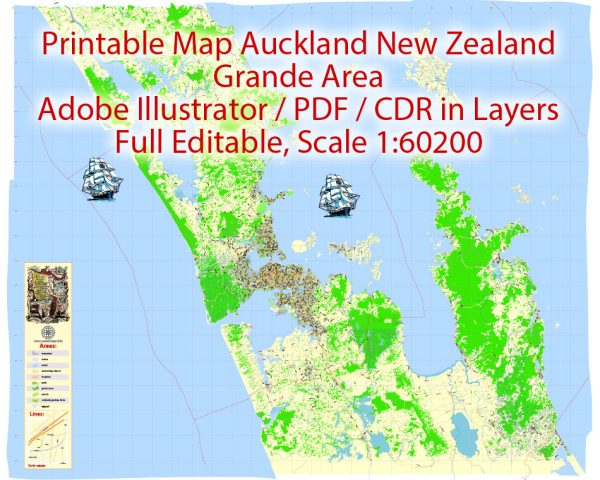
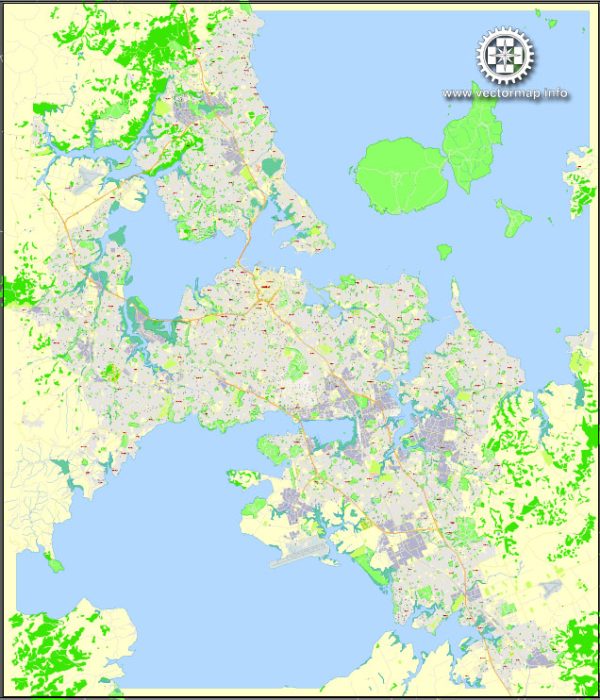
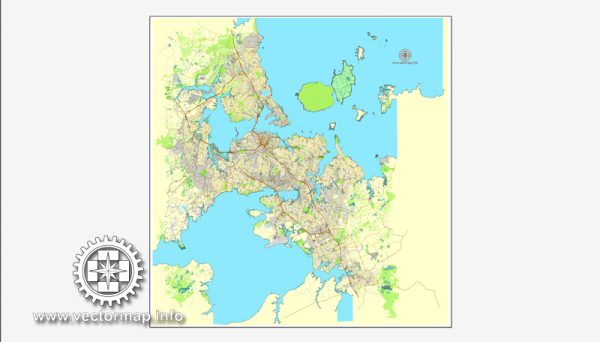
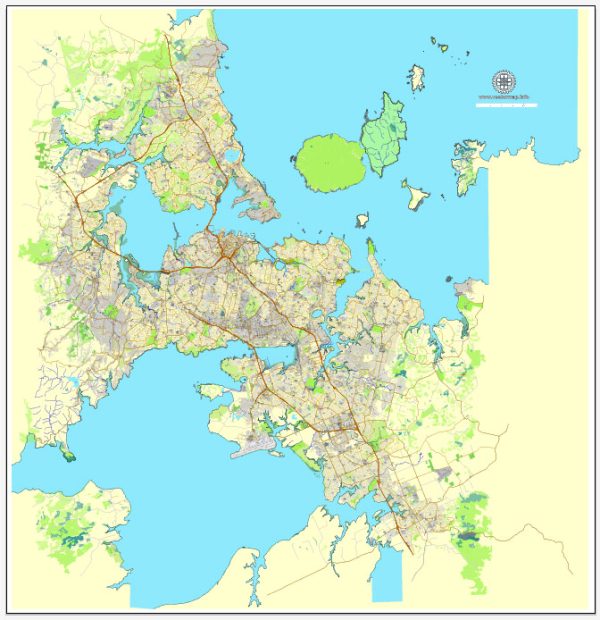
 Author: Kirill Shrayber, Ph.D.
Author: Kirill Shrayber, Ph.D.